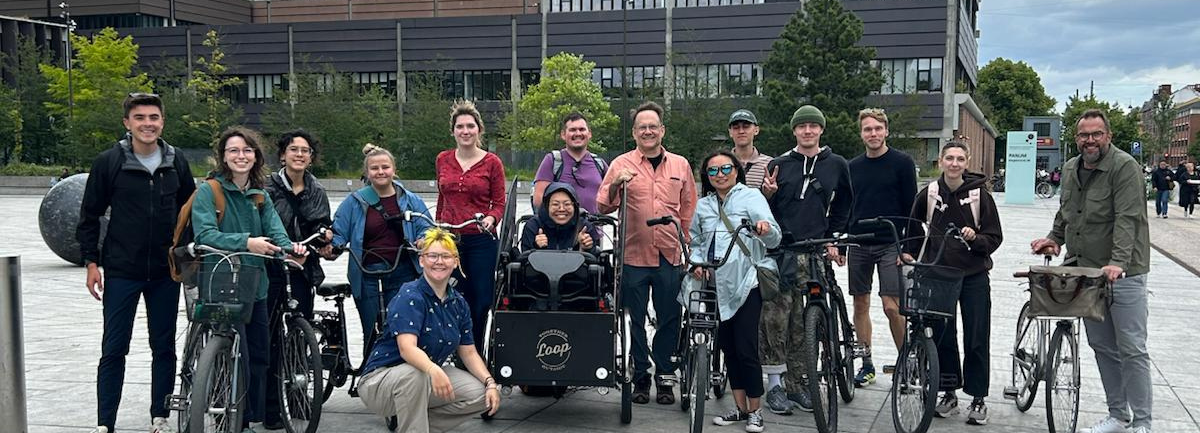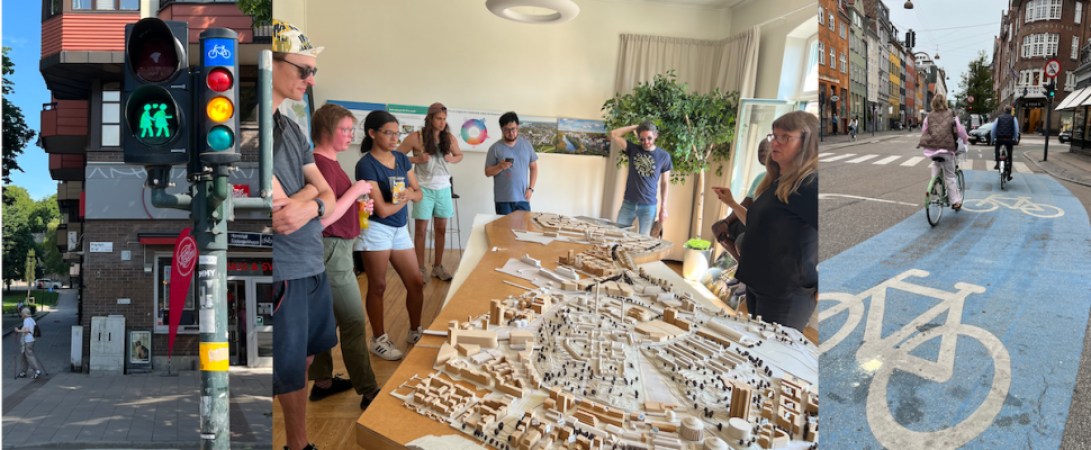The 2025 Portland State University (PSU) Sustainable Transportation Study Abroad class has returned from Denmark, after an immersive exploration of what it takes to build a city for people rather than cars. Through daily bike and transit tours, lectures, and firsthand observations, students learned that making transportation safe and convenient isn’t about one magic policy; it’s a system of integrated decisions—like Copenhagen’s Finger Plan, its cycle superhighways, and a deeply ingrained culture of biking—that together create a vibrant, livable city.





